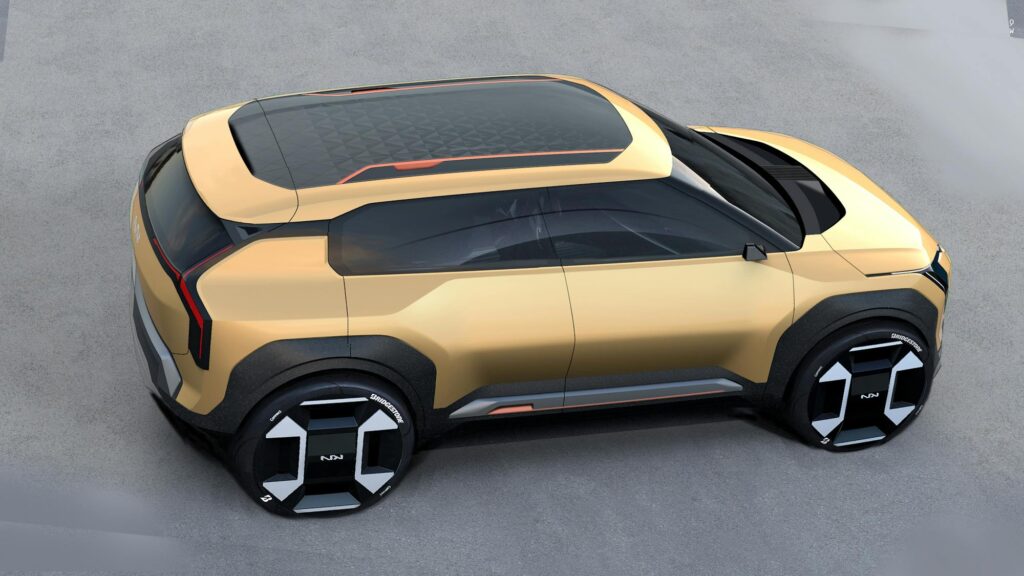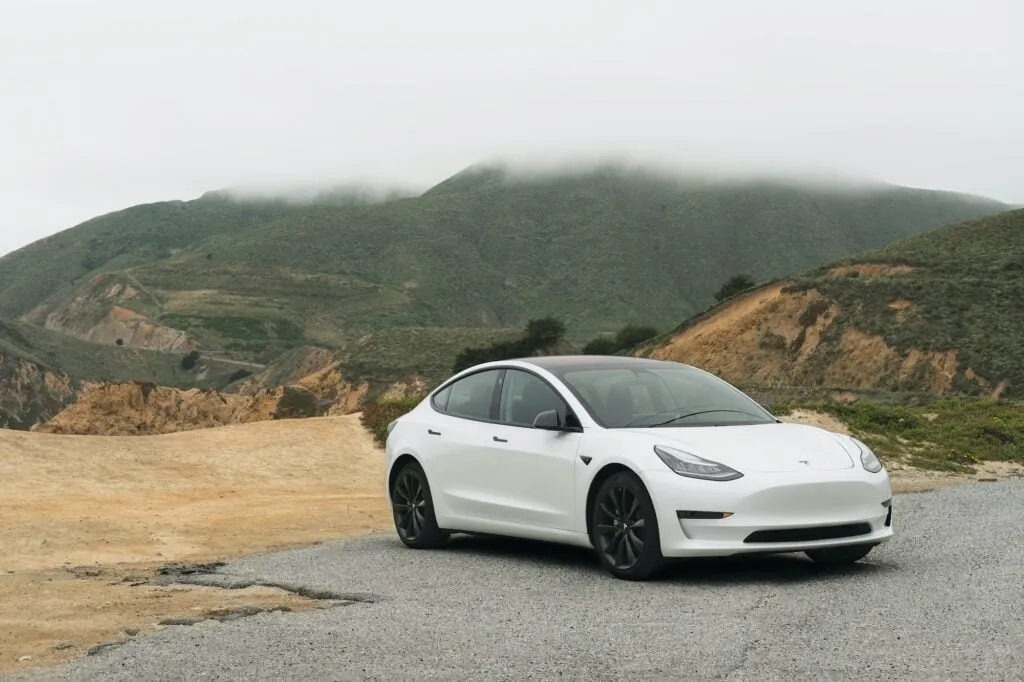As environmental concerns intensify, shifting toward eco-friendly transportation solutions becomes critical. Adopting sustainable mobility options reduces our carbon footprint, enhances public health, and fosters economic growth. So, where will eco-friendly transportation head in 2025 and beyond? We took a look.
Eco-friendly transportation refers to modes of travel that have minimal environmental impact. These methods prioritize energy efficiency, reduce greenhouse gas emissions, and often promote healthier lifestyles. By choosing sustainable transportation options, you can contribute significantly to environmental preservation and resource conservation.
The Benefits of Eco-Friendly Transportation
Using eco-friendly transit options benefits both you, others, and the environment.
- Environmental Preservation: Reducing reliance on fossil fuels decreases air pollution, one of the drivers of climate change.
- Health Improvements: Active transportation modes like walking and cycling enhance physical health and reduce your risk of lifestyle-related diseases.
- Economic Savings: Lower fuel consumption and reduced vehicle maintenance could save you money.
- Traffic Decongestion: Efficient public transit and shared mobility options alleviate traffic jams, leading to a smoother commute.

Eco-Friendly Transportation Methods
Eco-friendly transportation covers a wide variety of methods, including:
Walking
Walking is the most basic form of transportation. It produces zero emissions and offers substantial health benefits. It’s ideal for short distances and requires no special equipment. So why not start today?
Cycling
Cycling is a versatile and efficient mode of transport suitable for various distances. It promotes cardiovascular health and reduces environmental impact. Investing in quality bicycles and safety gear enhances the cycling experience. Cities worldwide are expanding cycling infrastructure to encourage this eco-friendly option. However, it may not be for everyone, and those with health concerns should consult a doctor first.
Public Transportation
Utilizing buses, trains, and subways significantly lowers individual carbon footprints. Public transit systems are designed to move large numbers of people efficiently, reducing the number of vehicles on the road. For example, public transportation can reduce CO₂ emissions by 45% compared to private car use.

Carpooling and Ride-Sharing
Sharing rides with others traveling in the same direction decreases the number of vehicles on the road, reducing emissions and traffic congestion. Carpooling also offers cost savings on fuel and tolls. Various apps facilitate ride-sharing arrangements, making it a convenient option.
Electric Vehicles (EVs)
EVs operate on electricity, producing zero tailpipe emissions. As the electricity grid becomes greener, EVs offer an increasingly sustainable alternative to conventional vehicles. Advancements in battery technology and expanding charging infrastructure make EVs more accessible and practical for everyday use.
Hybrid Vehicles
Hybrid vehicles combine internal combustion engines with electric motors, improving fuel efficiency and reducing emissions. They serve as a transitional option for those who are not ready to switch entirely to electric vehicles.
Micro-mobility Solutions
Micromobility refers to lightweight, human- or electric-powered vehicles like scooters and e-bikes. These options are ideal for short trips and help bridge the gap between public transit stops and final destinations. Cities are increasingly integrating micro-mobility solutions to enhance urban mobility.
Alternative Fuel Vehicles
Vehicles powered by biofuels, hydrogen, or compressed natural gas emit fewer pollutants than traditional gasoline or diesel engines. Investments in alternative fuel technologies are paving the way for more sustainable transportation options.
We talk about some of these methods of eco-friendly transportation in more detail next.

Cycling: A Healthy and Environmentally Friendly Alternative
Cycling is one of the most environmentally friendly and healthy modes of transportation. By cycling instead of using a car, you can drastically reduce your carbon emissions, improve air quality, and reduce traffic congestion. Cycling offers numerous health benefits, such as improved cardiovascular fitness, weight management, and stress reduction.
Choosing the Right Bike
Selecting the right bike for your needs and preferences is crucial for a comfortable and enjoyable cycling experience. Various types of bicycles are available, including road, mountain, hybrid, and electric bikes. When choosing a bike, consider your cycling experience, intended use, terrain, and budget.
Safety Tips for Cyclists
Safety is a primary concern for cyclists, particularly in urban environments. Here are some tips for staying safe while cycling:
- Wear a helmet: A properly fitted helmet can significantly reduce the risk of head injuries in the event of an accident.
- Use lights and reflectors: Ensure your bike is equipped with front and rear lights and reflectors to increase your visibility to other road users.
- Follow traffic rules: Obey traffic signals, signs, and road markings, and always signal your intentions when turning or changing lanes.
- Be aware of your surroundings: Stay alert to potential hazards, such as parked cars, pedestrians, and other cyclists, and maintain a safe distance from vehicles.
- Plan your route: Whenever possible, choose routes with dedicated bike lanes or low-traffic streets to minimize your exposure to motor vehicles.

Carpooling: Reducing Carbon Emissions and Saving Money
Carpooling is another eco-friendly transportation option that can significantly reduce your carbon footprint, save money, and alleviate traffic congestion. By sharing rides with others, you can decrease the number of vehicles on the road, reducing greenhouse gas emissions and air pollution.
Benefits of Carpooling
In addition to its environmental benefits, carpooling offers numerous advantages for both drivers and passengers, including:
- Cost savings: Sharing fuel and parking expenses can lead to significant savings for all carpool participants.
- Reduced stress: Carpooling can help alleviate the anxiety associated with driving, particularly during peak traffic hours.
- Socializing: Carpooling allows you to meet new people, network, and socialize during your commute.
- Priority access: In some areas, carpoolers can take advantage of High Occupancy Vehicle (HOV) lanes, which can help reduce travel time.
Carpooling Apps and Platforms
Several carpooling apps and platforms can help you find and organize carpool groups. These services enable users to connect with others who share similar routes and schedules, making it easier to coordinate carpooling arrangements.

Implementing Eco-Friendly Transportation in Your Daily Life
To incorporate sustainable transportation into your routine, try the following steps.
- Assess Your Commute: Evaluate your daily travel distance, time, and transportation options.
- Plan Efficient Routes: Combine errands to minimize travel distance and time.
- Leverage Technology: Use apps to find carpool partners, track public transit schedules, or locate bike-sharing stations.
- Advocate for Infrastructure: Support local initiatives to improve pedestrian pathways, cycling lanes, and public transit systems.
- Stay Informed: Keep abreast of advancements in sustainable transportation to make informed choices.
The Future of Eco-Friendly Transportation
The transportation sector is witnessing rapid innovations aimed at sustainability:
- Electrification: Besides personal vehicles, public buses and freight trucks are transitioning to electric power, reducing emissions on a larger scale.
- Autonomous Vehicles: Self-driving technology promises optimized routes and fuel efficiency, potentially transforming urban mobility.
- Urban Planning: Cities are redesigning spaces to prioritize pedestrians and cyclists, fostering communities less reliant on cars.
- Policy Initiatives: Governments are implementing policies to promote sustainable transportation, such as subsidies for EV purchases and investments in public transit infrastructure.
Wrapping Up
Eco-friendly transportation options such as cycling, carpooling, and electric vehicles significantly benefit the environment and personal well-being. By adopting these sustainable transportation methods, we can reduce our carbon footprint, save money, and contribute to a healthier, greener future. As technology advances and sustainable practices become widespread, we expect to see more innovative and environmentally friendly transportation solutions emerge.





